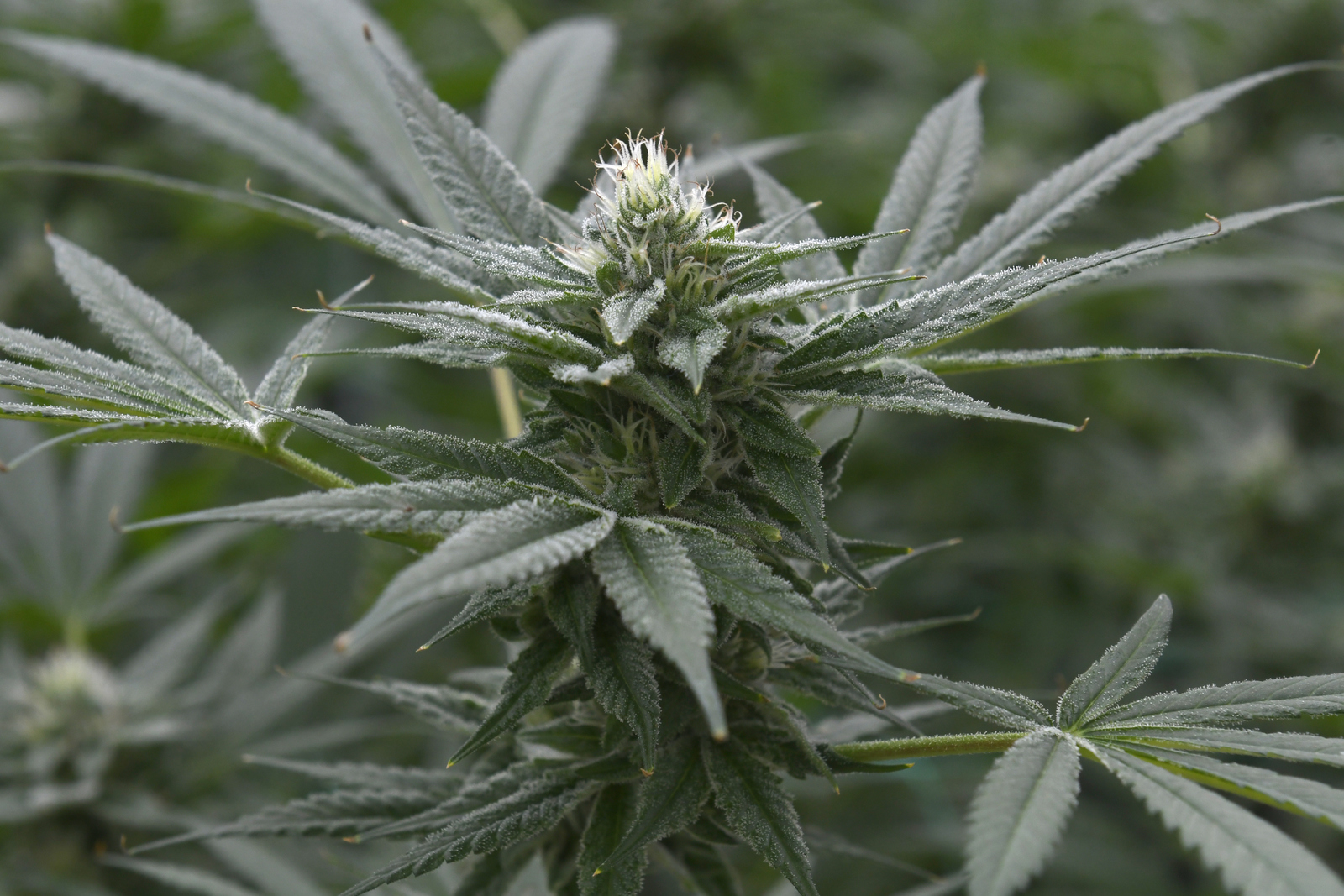County Planning Commission Votes for Stricter Cannabis Regulations
Santa Barbara County Leads State in Temporary and Provisional License Applications

To the extent the cannabis genie has gotten out of the bottle throughout Santa Barbara County — as some critics contend — the County Planning Commission voted last week to try to jam it back in. By a vote of 3-2, the commissioners embraced new and stricter regulatory hoops for would-be cultivators to jump through.
If such measures are eventually adopted by the county supervisors, cannabis cultivation on agriculturally zoned land — on parcels less than 20 acres — abutting urban and suburban areas would be required to obtain conditional-use permits first rather than a simple land-use development, as is now the case. The conditional permit is harder to obtain, requires more review, and gives neighbors and critics more of a venue to object.
The two dissenting commissioners objected not because the new rules were too strenuous but because they were not strenuous enough; they preferred an outright prohibition.
Critics of the emerging cannabis industry have complained that county officials opened the doors too wide, too soon, and too fast. They cite statistics showing that Santa Barbara has more temporary and provisional license applications than any other county in the state. While that fact remains true, Santa Barbara County’s edge over its closest competition — Humboldt County — has diminished substantially and is now ahead by only 12 applications. County regulators have long insisted that the regulatory winnowing process enacted by the Board of Supervisors would significantly reduce the number of approved operators.
Representatives from the cannabis industry argued it was premature to change the rules and regulations governing cannabis cultivation and that the existing menu of requirements should be given time to play out. The issue is especially intense in the Santa Ynez in the outskirts of Solvang, where one cannabis greenhouse has generated a firestorm of outrage among many residents of the surrounding ranchettes.
Likewise, the Goleta City Council has reduced the number of commercial retail dispensaries it would allow from 15 to six. Of those, three have been in business many years as medicinal outlets and will be grandfathered in. The other three will be allowed on a first-come, first-served basis rather than by any evaluation and ranking process. Goleta City Hall has already received 15 applications. Still unresolved, however, is what kind of buffer zones City Hall will require between the dispensaries themselves and between the dispensaries and what are termed “sensitive receptor” sites, such as schools. Those determinations have yet to be made.
The Goleta Council is also exploring ways to expand the regulatory oversight included in its business-license application process as a way to better control operators who win cannabis dispensary permits. Business licenses are renewed once a year; operators who violate their license terms can be denied renewal.
On the flip side, three cannabis cultivators out of Los Alamos have been challenging efforts by the Sheriff’s Office to eradicate their crops, which county officials contend were permitted only under false pretenses. All three growers have denied the perjury charges filed against them and have fought with mixed success the efforts by law enforcement to destroy their inventory of 350,000 plants. It’s been the first time that eradication efforts were challenged in Santa Barbara County. The initial raid took place in late March, but legal action by the growers — their attorneys asserted due process rights for the plants — prevented any eradication from occurring.
Last week, however, a squad of about 12 deputies showed up early Thursday morning and began taking out the plants. By early afternoon, the growers obtained another court order stopping the destruction, but by then, 111,527 plants had been wiped out, mostly juvenile clones. This Tuesday, prosecutors sought judicial permission to finish the job but were rebuffed by Judge Raimundo Montes de Oca, who will revisit the issue later.
Lastly, the owners of the two medicinal dispensaries in the City of Santa Barbara have been lobbying councilmembers to allow them to be approved after-the-fact as recreational retail outlets. This, they have argued, would greatly simplify the enforcement protocol for City Hall — only one set of rules and regulations as opposed to two — while allowing them to sell their wares without undue burden. Under city rules, medicinal dispensaries can sell only to patients with doctors’ recommendations and only after a 24-hour wait between the first presentation of doctors’ recommendation and sale. Such a change would require a vote of the City Council. Three commercial dispensaries have been permitted within city limits in addition to the two medicinal outlets. Two of the commercial outlets have been issued building permits are currently under construction. They are expected to open sometime this summer.



